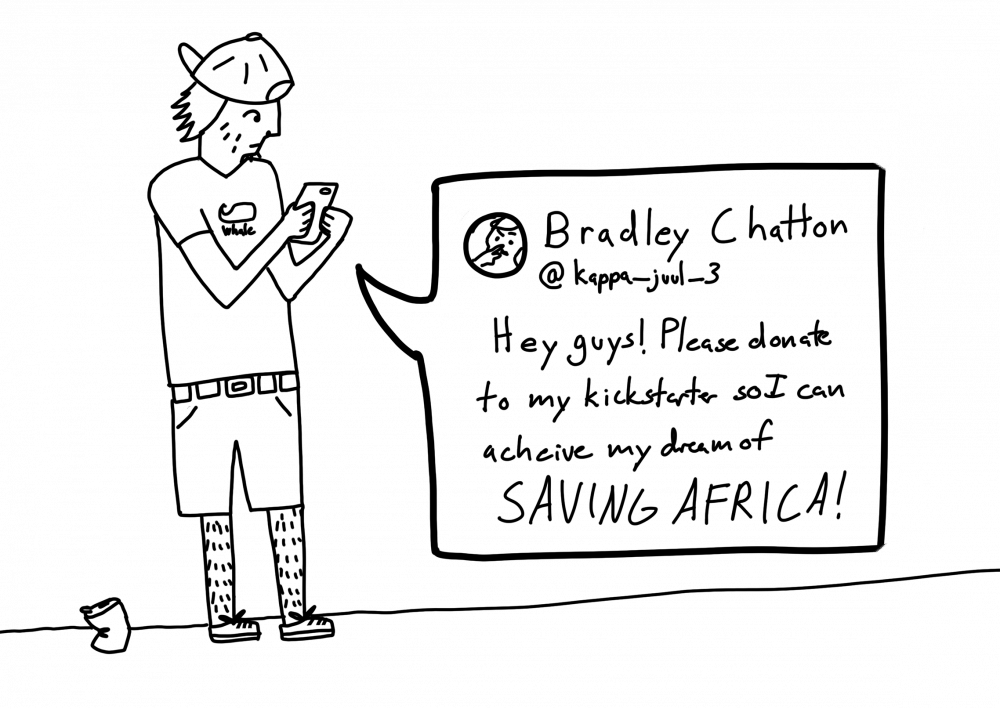As the end of the semester approaches, social media is lighting up with posts asking for donations for summer mission trips. They commonly urge people to donate while insisting their money will be used wisely for a good cause.
However, your donation does not always go toward a good cause. Many short-term mission trips end in failure, reinforce a white savior complex and are executed improperly, which often prevents the greater good from being served.
Let me preface by saying it is great that people want to use their time, energy and money to attempt to make a difference in the world, but we need to make sure they are providing more than just material resources and a two-week friendship for an Instagram post.
Steve Corbett and Brian Fikkert published an interesting book on the subject in 2009 called “When Helping Hurts: How to Alleviate Poverty Without Hurting the Poor and Yourself.”
The authors call on North American churches to provide community development by empowering the local people and using the resources they already have — not Westerners flying in with thousands of dollars in aid and material resources. This practice also reinforces a feeling of inferiority among poor people as well as portraying the Westerner as a savior or a heroic figure.
Furthermore, the American Journal of Public Health found that organizations, religious and nonreligious alike, place $250 million of annual expenditures into volunteers for short-term medical service trips ranging from one day to eight weeks. However, there is a significant lack of evidence on the real impact of these trips. Due to the vast array of short-term mission trips, they are largely unregulated and have no evaluative procedures, which in itself is alarming.
Therefore, anecdotal evidence is important to consider when evaluating the effectiveness of these trips. In his book “Toxic Charity: How Churches and Charities Hurt Those They Help,” Robert B. Lupton provides examples of when a church in Mexico was painted six times in one summer by six different mission groups, and in Brazil when a wall built on field by a orphanage had to be torn down after the visitors left.
The inexperience of volunteers can often do more harm than good. Someone inexperienced can also drain from the local economy by taking up more time and resources. Moreover, since they do not have a long-term stake in the community, they will not feel the dire need to be effective.
Executive Director of World Mission Associates Glenn Schwartz has found the missionaries that are most successful have established cross-cultural relationships where the missionaries learned local languages without expecting the local people to learn English and listened in order to be heard when they did eventually decide it was time to speak.
These cross-cultural relationships cannot take place within the time frame of a summer. How much can you really do to help for a few weeks? Short-term missionaries often leave too soon and with little to show for it, while the local peoples’ conditions do not improve and their state of mind dampens due to the friends that left.






